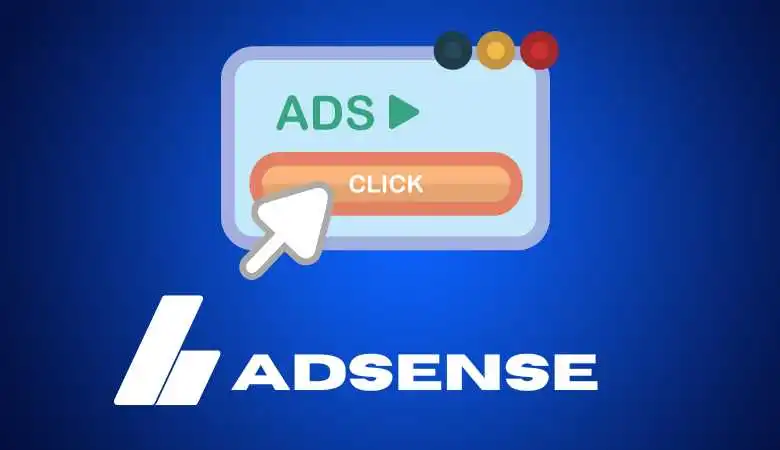How to Define Your Target Audience SEO Strategy?

It is key to define the target digital audiences in detail in any SEO campaign for your web positioning. We give you the keys to achieving it!
Identifying and using keywords is at the heart of any SEO campaign. However, having the right keywords will drive many conversions if you don’t understand who they are targeting: your target audiences.
By themselves, keywords are not enough to create compelling content for your SEO target audiences. You need to understand their interests, characteristics, and motivations.
Keyword research is an important part of that process, but there are other tricks you should know to define your digital audience and multiply the effectiveness of your SEO. In this article, I explain what target audiences are and what you should do to define them in your SEO strategy.
What are Target Audiences in SEO?
Keywords direct much of the process of an SEO campaign, but today that is not enough for your message to reach your potential customers.
Your target audience is the group of people you want to visit your page. These people are your potential customers, searching the internet for services or products similar to yours.
Defining your target audiences allows you to create an SEO marketing strategy that makes you visible to those audiences.
Differences Between Target Audiences and Buyer Personas
Although they may seem the same at first glance, the target audience and buyer personas are very different profiles that should not be confused. They have different functions, but one builds on the other.
While your target audience is a group of people interested in your services or products, your buyer persona is an abstraction of your ideal consumer.
When you define your buyer persona, you are delving into what the client of your business is like. This process aims to generate and obtain as much data as possible about your interests, demographic characteristics, habits, etc. Since target audiences can contain variety, you can define more than one buyer persona for the same audience.
Defining your buyer persona is about asking yourself what your ideal client is like: What does he like? What groups are you a part of? What things do you like to do? How is it identified?
Meanwhile, the target audience is the narrowing group of people. It is at a higher level and less specific.
After defining your buyer persona, the conclusions you reach allow you to make better business decisions and create campaigns that emotionally connect with your target audiences.
Why are They So Important For Web Positioning?
In SEO, not everything is about quantity. Attracting many users to your website is useful, but it is not necessarily the best scenario. If you have a conversion rate of 20% and attract 1,000 users, you will have 200 customers. Now imagine that you attract 800 clients, but you have a rate of 50%. You will have 400 customers.
Even if you have chosen effective keywords and are attracting specific searches, generating many conversions won’t be easy if you do not understand your SEO audiences. To create customers and generate loyalty to your brand, you need to create content aligned with your target audiences and improve their experience according to their tastes and needs.
Defining your target audience and buyer persona also allows you to refine and define keyword density. Buyer personas can help you discover other interests and habits of your audience, which opens the door to new keywords and spaces for marketing.
How to Define the Target Audiences of your SEO Campaign?
Start with your website statistics
Your website already contains a lot of valuable information. It is easy to access and gives you information about your digital audience and how you are reaching them.
Google Analytics offers basic but very useful information for your marketing about your target audiences: gender, age, and from which web pages they come to visit yours. This data is the basis for creating an accurate picture of your audience and deducing what their interests are.
Analyzing this information will allow you to understand why some of your pages are more successful than others. Some may be more aligned with your target audiences’ interests, and others may offer them little value. This can help you display more engaging content and figure out how to anticipate your audience’s needs in ranking your website.
Pay attention to which products are more successful among your target audiences or if there are divergences. Your website analytics can help you segment large audiences and create different sales pipelines that are optimal for each one. They could also reveal that you are attracting some segments that you are not interested in or have not managed to attract your entire digital audience.
Identify subgroups in your audiences with subtopics
Your main keywords are a great place to start defining your audience. However, reviewing subtopics of the main topic of your keywords can reveal important segments of your target audiences.
There are several keywords (keywords), and you can identify subtopics through the long tail keywords directly related to your main keywords. These secondary keywords are more specific in SEO and can show you a part of your audience that you might have left out.
Subtopics also allow you to segment your audience in relevant ways. This allows you to optimize content for each segment and achieve higher rates in your conversion funnel.
Spy on the websites of your competition
You can see what your competition is doing to determine your target audiences for your SEO. Here you do not have to worry about your real competition but your competition in web search engine optimization.
Identify which keywords bring more users to your web page and check which other web pages have a high place in the results pages. Those are your SEO competitors.
Research what other keywords your competition is targeting to understand who their target audience is. This can give you insight into missing segments to add to your target audience and the best way to reach them.
Use the data offered by social networks
Social media is one of the best sources of information about your audience. Having an active presence and strategy on social networks will allow you to observe the behavior and interests of people interested in what you offer.
To get the most out of this, use social media analytics tools. You will find detailed information about your followers on that network and Instagram on Facebook.
You can also use external tools. Apps like Hootsuite and other social media planners collect deep and varied data that is hard to come by otherwise.
Identify the accounts, topics, and hashtags your followers follow to understand their interests better.



![Digital Marketing Trends in 2024 [AI & More Advancements]](https://www.scrolltrendy.com/wp-content/uploads/2024/07/Digital-Marketing.webp)

![Attractive Mail Subjects [Examples] for Email Marketing](https://www.scrolltrendy.com/wp-content/uploads/2024/06/Email-Marketing.webp)
